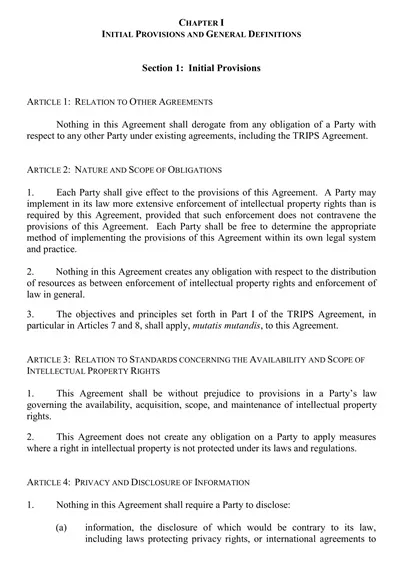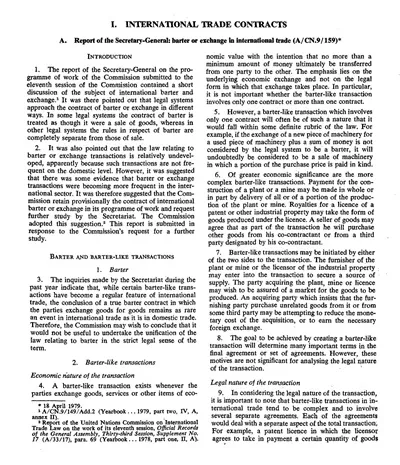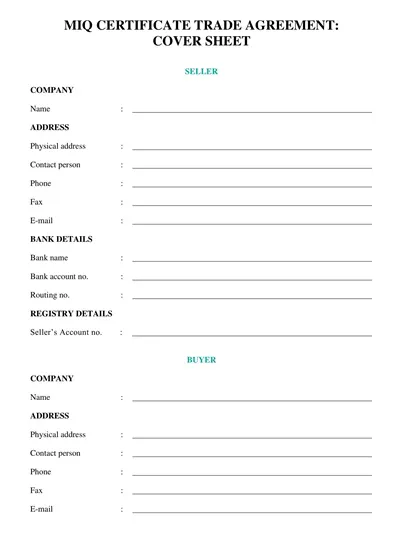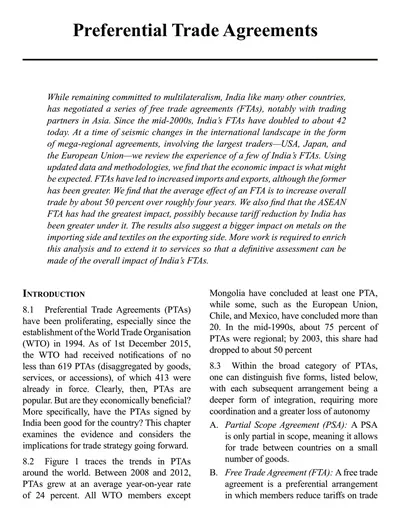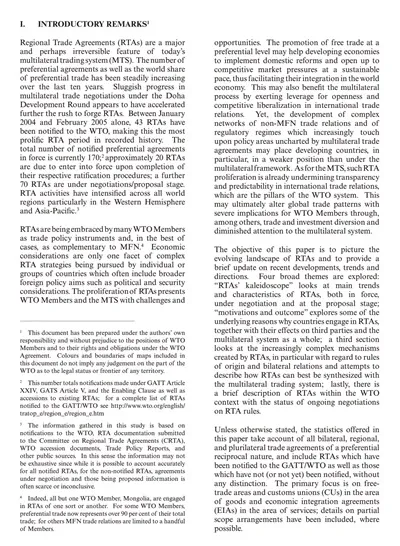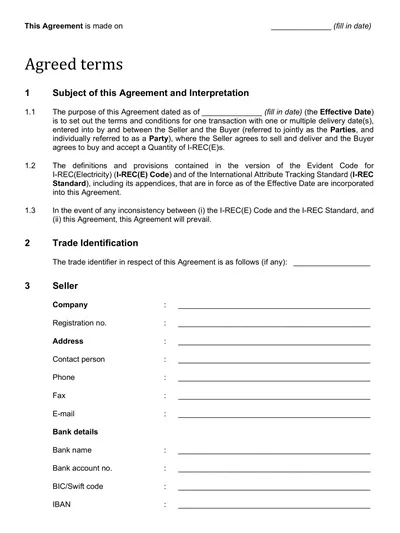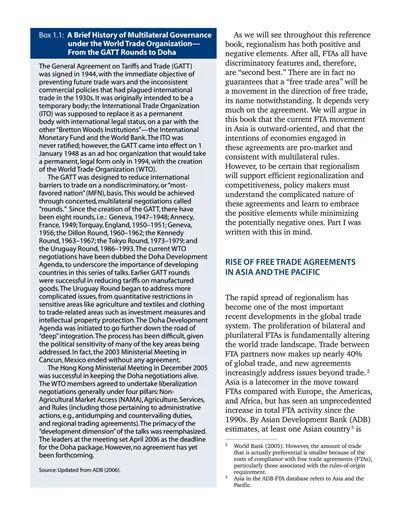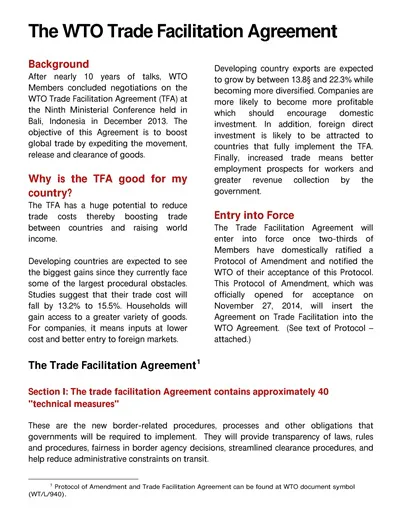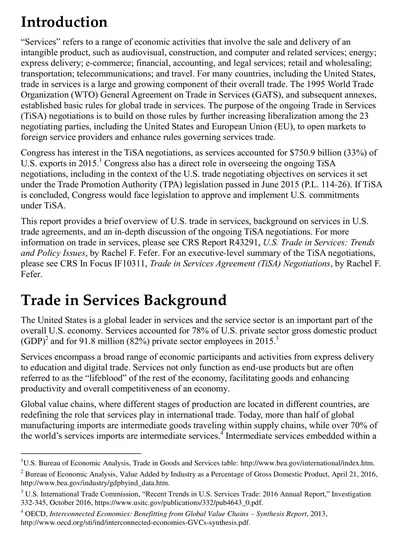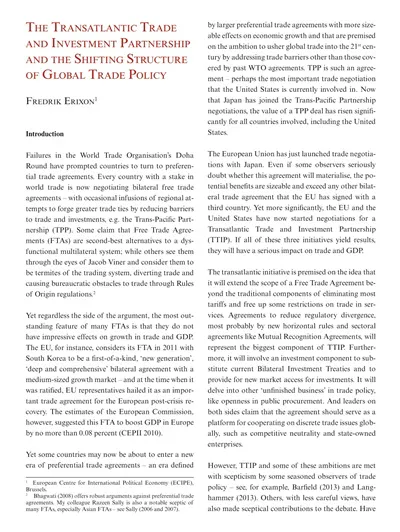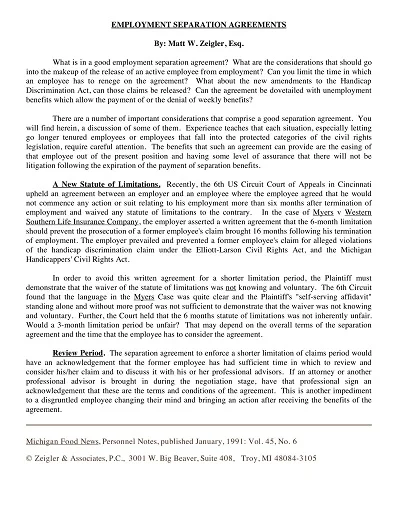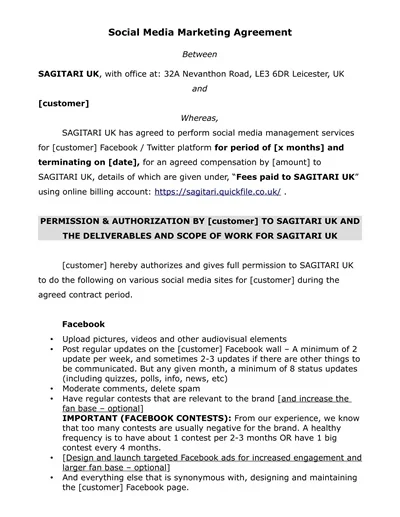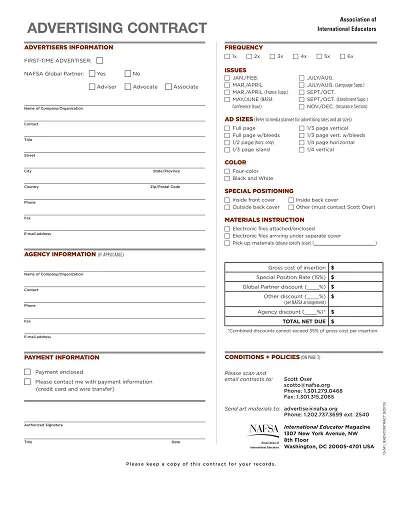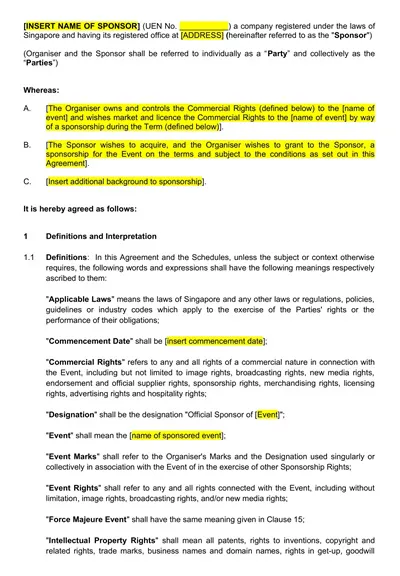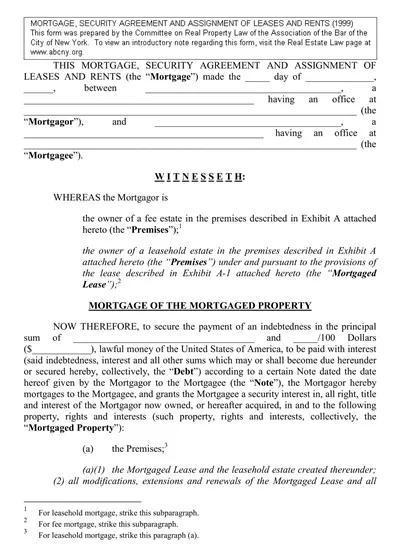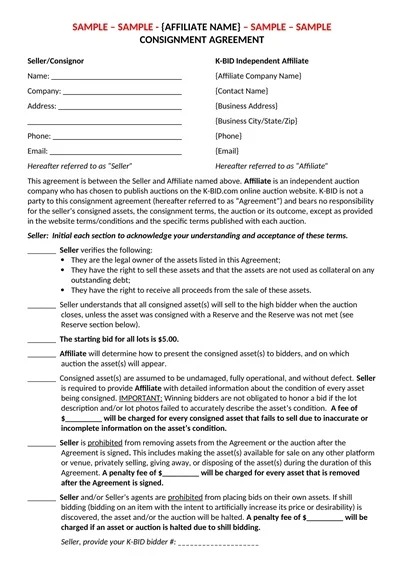A Trade Agreement Template is a form on which the parties to the trade business transaction lay down the necessary details of the trade agreement. This template can be considered as a guideline that minimizes confusion and misunderstanding of cross-border transactions and cooperation, set at the beginning of trade relations.
The categorization and description of goods or services to be exchanged, the price, payment methods, delivery location and time, quality, sanctions for non-performance, methods of dispute resolution, and options for contract termination. Templates are vital for business and governmental parties wishing to get through the process of creating legally valid and effective international trade agreements with minimal problems and issues.
Download Free Sample Trade Agreement Templates
What is a Trade Agreement?
A Trade Agreement is a legal agreement between two or more parties whereby they provide the framework for the trade and businesses between them. The main aim of such a contract is to eliminate and liberalization restraints to trade, such as tariffs, quotas, and export restraints among the country members.
Trade agreements can be of various types, such as bilateral, where the two countries are involved; multilateral, where many nations are involved; or Regional, where a geographical region is involved. Predominantly, through the signing of mutually acceptable rules through Trade agreements, the dual goal of stability for business and enhanced cooperation in envisioning and accessing markets is achieved with positive multiplier effects of advancing the productive economies of the interactional parties and, hence, the global economy.
Types of Trade Agreements
Trade Agreements can be categorized into several forms – All of them may differ depending on the kind of entities that participate in the agreement. The most common types include:
Bilateral Trade Agreements
They are bi-lateral, which means that two countries agree to negotiate for favorable trading standards. VTBs’ objectives are to improve trade liberalization by decreasing tariffs and other non-tariff barriers to trade between the two countries and stimulating economic relations.
Multilateral Trade Agreements
They include trade agreements between three or more countries, mainly driven by the need to establish an overreaching framework of trade relations among the contracting parties. Wto agreements, for instance, are treaties entered at the international level to provide universally acceptable trading frameworks that encourage trade.
Regional Trade Agreements (RTAs)
These are economic organizations where the countries in a given region agree to collaborate and provide trade facilities for goods and services. The most typical examples of such organizations are the North American Trade Agreement and the European Union – founded to eliminate tariffs gradually and liberate trade between the member states.
Preferential Trade Agreements (PTAs)
PTAs provide one country with certain preferences over the other. Most of these alliances aim to aid the growth of the developing world by providing the latter unrestricted access to markets to boost their export earnings.
Customs Unions
A customs union is a trade bloc in which the component member nations agree to establish their own negligible tariff that eliminates internal tariffs that are imposed on imported goods and services originating from other member countries. This type of agreement enables free trade among the countries in the block and provides a common and organized face in the international market.
Basic Elements of a Trade Agreement
Trade Agreements are general in form, and the following essentials are found to be contained in the agreement while framing the trade between the parties.
These components include:
- Description of Goods or Services: Specifics define the nature and character of the goods or services to be exchanged and features or characteristics that define the contract’s parameters.
- Pricing Terms: Determines the price at which goods or services are to be traded and other issues such as discounts, taxes, and other price changes consequent to market forces.
- Payment Methods: This may encompass the means of payment and terms of payment as agreed by the parties and may require transfers by direct bank transfer, letters of credit, bank guarantees, and other acceptable financial instruments.
- Delivery Schedules: Outlines the time periods, how, when, and who is to deliver the product or service in question and respective delivery arrangements.
- Quality Standards: Determines the quality standards of products or services – any inspection or certification point of the product before it is released to the market.
- Dispute Resolution Mechanisms: Explains the procedures and practices lawful to solve the controversies concerning the contract, possibly with the help of arbitration or mediation.
- Termination Clauses: Outlines when and how the trade agreement can be canceled by either party, cancelation rights, cancellation notice period, and penalty for cancelation.
- Compliance with Laws and Regulations: The participant affirms that all activities carried out under the agreement meet each participant country’s legal and regulatory requirements.
- Confidentiality and Intellectual Property Rights: This covers the issue of confidentiality and managing intellectual property in regard to the trade agreement.
These components help reduce as much as possible the risk of misinterpretation of rights and duties by both partners and provide for efficient trade operations.
Why Use a Trade Agreement Template?
There are various benefits that come with using a Trade Agreement Template for organizations or governments that require engaging in trade with another party. Firstly, these templates pave the way and ensure that all aspects central to a given trade agreement are captured, which means there are fewer chances of some aspects missing.
This ensures that issues that could lead to debate are eliminated in doing business since it is believed that when clients know what they are in for, they will not be able to turn around and complain about being taken advantage of. Moreover, Trade Agreement Templates help to save time and optimize the results because when the parties work using the templates, they need only to adjust small nuances for their agreements.
These templates also provide legal relief and World Trade practice to ensure the agreement does not violate any law. And, finally, in case if it is legal to use a template, it makes the agreement look and be more professional and consistent, which is needed to build trust and sustain long term favorable trade relations. In conclusion, using the Trade Agreement Template is useful in producing legal, efficient, and particular trade agreements.
Common Trade Mistakes to Avoid in Trade Agreements
When writing trade agreements, one has to be careful in avoiding mistakes that may be legal or contribute to misunderstandings. Here are some mistakes to avoid:
Lack of Clarity in Terms
That is why one of the most common missteps is the absence of clear agreement terms. When arguments are made, general terms can be used, which causes a problem when two people have different ideas of what those terms mean. This is why it is appropriate to be clear and unambiguous so that each party knows exactly what will be expected from him or her.
Lack of sensitivity to Cultural and Legal Factors
Intercultural communication, therefore, can be characterized by the absence of consideration of the cultural or legal practices of the other party. A trade agreement must bear in mind the participating countries’ legal structure and traditional practices. Omitting such aspects may lead to contracts with executives that are difficult to implement or that will be unlawful or unenforceable in one or more jurisdictions.
Unclosed Conflict-Solving Mechanisms
Another one of the other recognizable sins is the absence of definitive, laudable procedures for conflict resolution. That is why, without the notion of a clear process, dealing with conflicts may take more time and money. Another very specific aspect of the contracts is the dispute resolution clause, which contains information on arbitration, mediation, or litigation, jurisdiction, and governing law.
Inadequate Risk Management
Failure to observe such pitfalls can lead to the failure of the trade agreement. Various fundamentals, like fluctuation in the market, political unrest, and changes in tariff and regulation policies, too, need consideration. Some suggested risk management plans should be implemented to prevent any negative effects depending on different agreements.
Failure to Update and Review
A business trade is not set in the ink as it may seem; they have to be revised and renegotiated at intervals in the middle of evolving business scenery or always evolving relational circumstances between the involved parties. If this is not done, terms that may have become obsolete to the business or less relevant in the market are used in creating the agreement, which can compromise its effectiveness.
Ignoring Issues of Intellectual Property
However, another core aspect in international economic activities, much less insisting upon in trade liberalization, is “intellectual property rights.” A clear definition of ownership, usage, and control of intellectual assets minimizes the average incidence of infringement or unauthorized use.
The parties must avoid these errors to develop agreements with clear structures that can be easily implemented to allow smooth trade between the parties.
How to Create a Trade Agreement Template
Every trade agreement template requires a sequential structure, which can ensure all parts are: Follow these detailed steps to create a robust template:
Step 1: Define Objectives
- Identify Purpose: Determine the overall objectives of the trade agreement, which goods or services are to be exchanged, and what kind of result is expected.
- Determine Scope: Specify the geographical and market coverage of the deal, or in other words, define where and how it will be conducted.
Step 2: Research Legal Requirements
- Consult Trade Laws: Research the International, National, and Local Trade Laws that apply to the agreement to conform.
- Analyze Regulatory Restrictions: It also helps you discover that some trade barriers or regulatory measures could affect the agreement.
Step 3: Draft Key Terms
- Pricing Structure: Pricing strategy must be detailed with distinctions in case of discounts /adjustments due to changes in market forces.
- Payment Terms: Set down the acceptable payments/ currencies. Clarify the payment terms and the schedule within which the client, supplier, or contractor is supposed to complete the payment.
- Delivery Logistics: The settings should declare the delivery schedules, the tasks, and other requirements so that proper arrangements can minimize misunderstandings.
Step 4: Quality Of Address and Compliance
- Set Quality Standards: It is imperative to define the quality levels that are deemed appropriate and set those, as well as the inspections/certifications necessary in this connection.
- Compliance Checklist: Prepare a checklist of regulations that all the players in the trade should adhere to.
Step 5: Include Protection Clauses
- Dispute Resolution: Decide on which options are acceptable in case of disagreements and make it mandatory to record them thus:
- Intellectual Property: Also, state the rules for managing IPRs and provide recommendations for how such IPRs may be protected during the course of a deal and cooperation.
- Confidentiality: Many aspects of the debate that data is to be protected and which is to be released only in cases of necessity also contain clauses to safeguard all sensitive information.
Step 6: Put in place Terms for Termination
- Define Exit Strategies: Elaborate moreover how and when this contract can be terminated with the consent of one of the contracting parties.
- Penalties for Termination: Another recommended heading is to write down any penalty or consequence of early termination, which will deter the breaching of the service contract.
Step 7: Review and Refine
- Seek Legal Review: It shall be run by the lawyers so that it may be clear that it is in accord with the legal formalities and sufficient enough to serve the intended party’s interest.
- Incorporate Feedback: Collect surveys from the target end-users of the product and make changes to the HR template when needed.
By so doing, you will be able to create a good Trade Agreement Template and also safeguard the rights of the two parties in the trade business.

